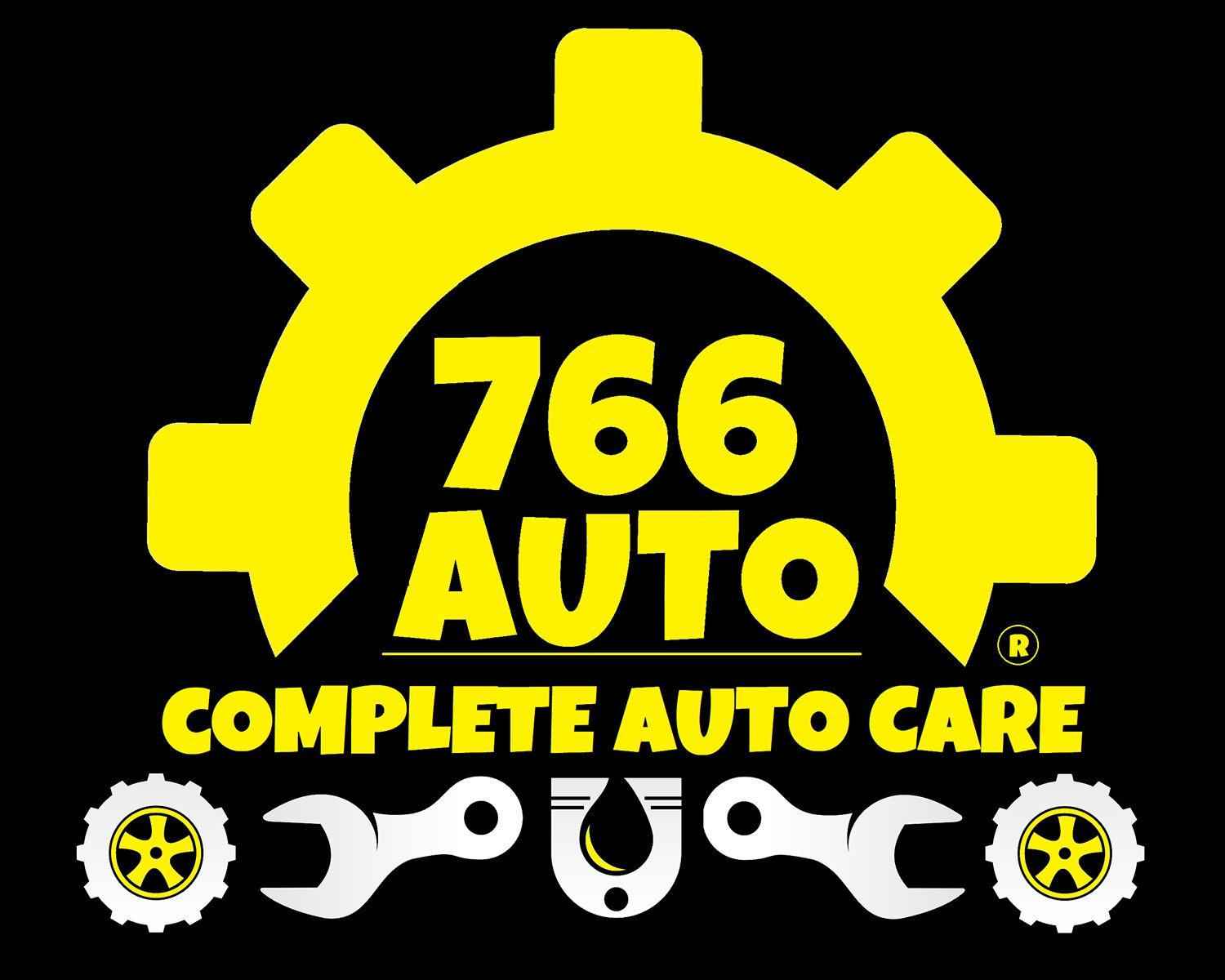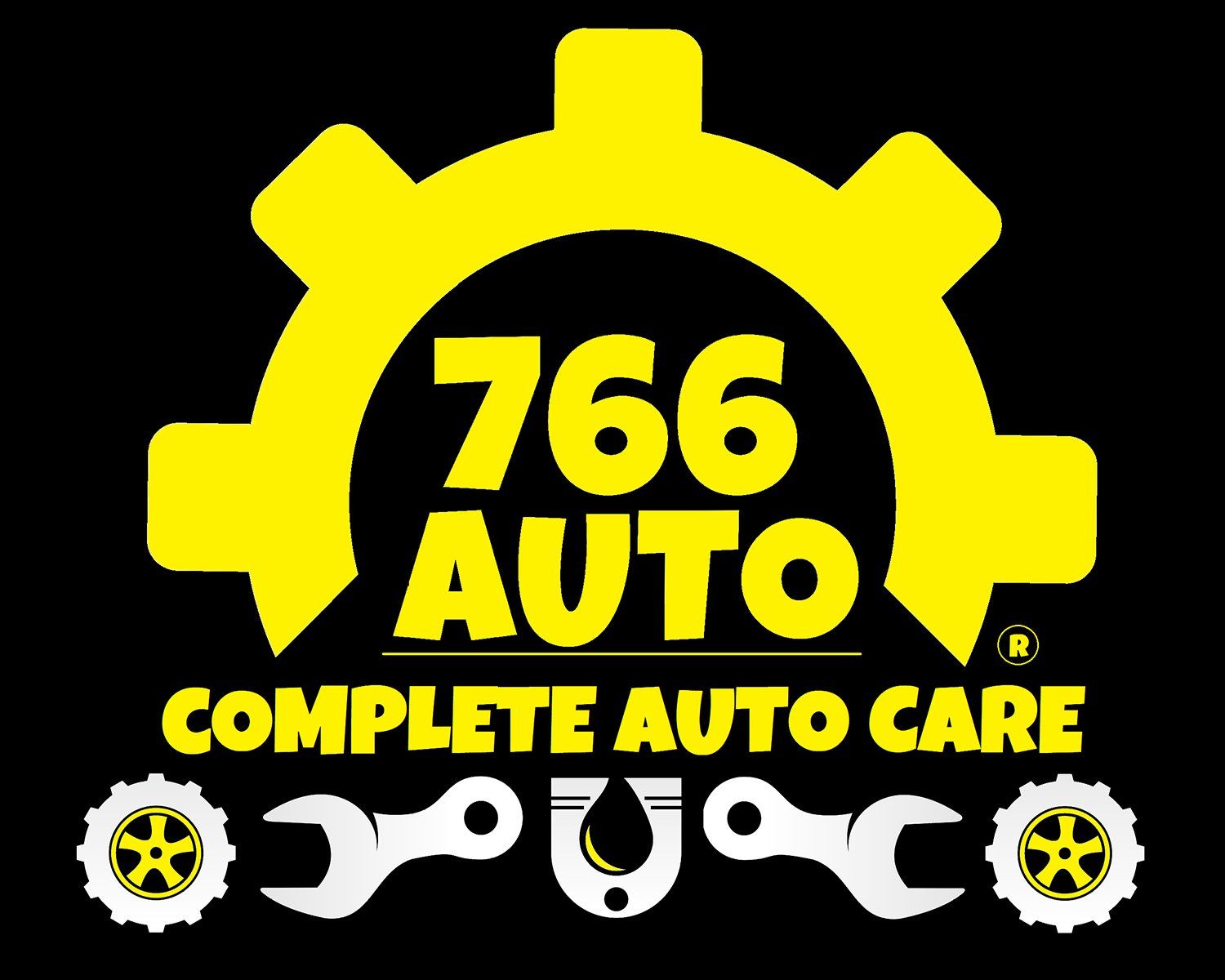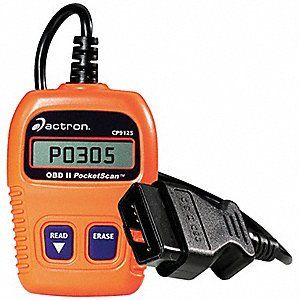There are lots of bad information and misconceptions about what a diagnosis is when relates to vehicles.
Simply put, a diagnosis as defined is:
"the identification of the nature of an illness or other problem by examination of the symptoms"
Using this definition, lets translate this into the diagnosis automotive shops such as our and other have to figure out a problem.
Lets put one piece of the puzzle in perspective first. The code read you can get for free at a parts store for a check engine light. It takes 2 minutes, the employee hits the enter button until you get codes associated with your check engine light or (MIL) as we call it. Now after the codes are retrieved, that's it. You have these numbers to enter into Google and see all the possible outcomes of what is common to fix this code. The parts store will give you possibilities only of what is common to fix the MIL code. Is this a diagnosis? No, of course not. Imagine going to the doctor with a cough and since Covid is going around, the doctor suggests based on your symptom, and patients he recently saw, then Covid is it. Crazy huh.
Just like with your cough, a code is merely a symptom. Is shows what system is effected (air/fuel, trans, evap, network, etc)but without any exams, pinpoint testing, datastreaming by a trained technician, researching specs for components for that exact year make and model,its like throwing darts at a dart board of 4-20 different possible outcomes depending on the code and number of codes. You wouldn't want to replace that many parts if you didn't have to, right? We see it all to often. Customer comes in mentally defeated and financially drained and can't figure out why Google, YouTube, the parts store person, and his neighbor suggested all these parts and the car is still not fixed.
Had the customer just brought it in for a proper diagnosis, we would have seen with our dealer level scan tool, the freeze frame data (vehicle, temperature, speed, throttle, etc when code was triggered) right after pulling the code. We would have recreated the conditions, tested components and compared specs found that a simple vacuum hose was collapsing due to age at 2,500 rpm, something that the untrained eye wouldn't see with the hood open engine off. (This is a true story btw) Imagine the look of disbelief, shock, relief, and anger on ones face when you deliver that news. All the time and energy they spent after work, weekends wasted to try to avoid paying a diagnosis. Not sure if its worth $100-$200 (national average based on 2019 research) Now sure the $400 intake manifold, the $550 fuel pump, $180 mass air flow sensor are all nice and new and pretty because they were replaced based on possibilities alone, but definitely were a waste of time and money.
Diagnosis are the same for other systems of your vehicle.
Finding out why your AC is blowing warm, don't just add freon. If its full, you'll over pressurize the system and can cause hoses/seals/gaskets to blow out, adding to the damage that might be minimal.
Transmission that doesn't shift right, don't just add fluid. If it full already, you'll cause the transmission to work harder and can damage more parts inside causing catastrophic failure.
Vehicle pulling to one side or the other? Hit a curb and now the steering wheel is crooked? Hearing noises or vibrations while driving? An alignment is a maintenance service that should be done every 12-24k depending on how and where you drive. An alignment won't fix any parts that are worn out, broken, missing, damaged, or not performing its designed function. An alignment is just an adjustment of pre-existing parts using a laser aligner that measures to the hundredth of an inch. Some manufacturers parts are not adjustable. If we perform an alignment and it doesn't go "green" (inside manufacturers specs) then a diagnosis is needed to see what part or parts are causing this, replace those parts, and perform a whole new alignment after. 9 time out of 10, part failure is the cause of a bad alignment if vehicle was brought to us with symptoms (noise, pulls, shakes, etc)
Get Social
Our Info
209 N Pleasant Valley Rd
Austin, TX 78702
Info@766auto.com
Phone a human:
512-766-AUTO English
512-766-2886 Spanish
Text Only: 737-537-3500
(Please no bs text, I giveth, I will taketh)
Opening Hours
- Mon - Fri
- -
- Saturday
- -
- Sunday
- Closed



